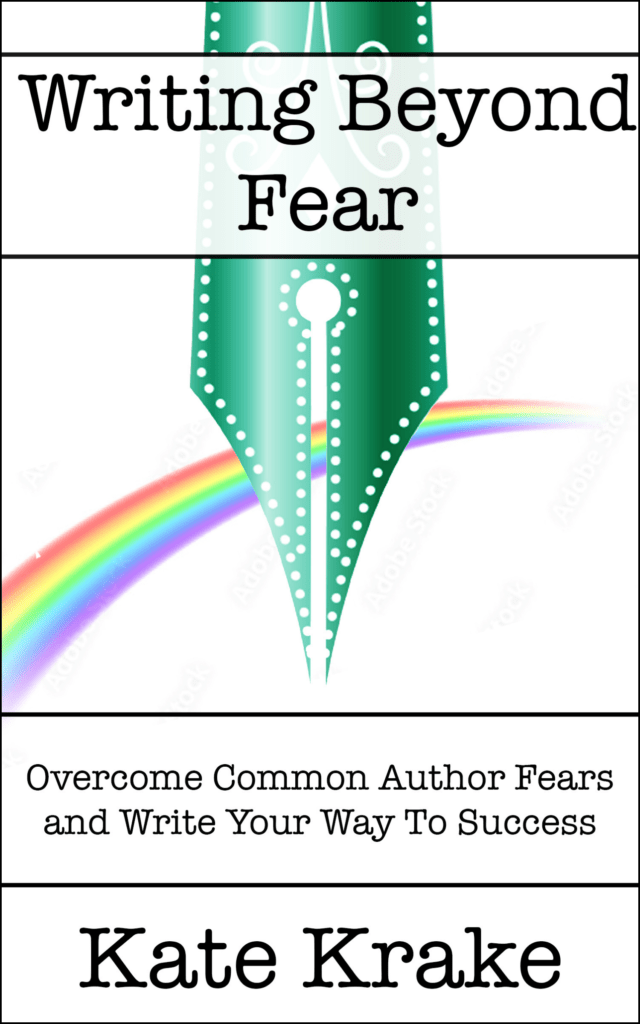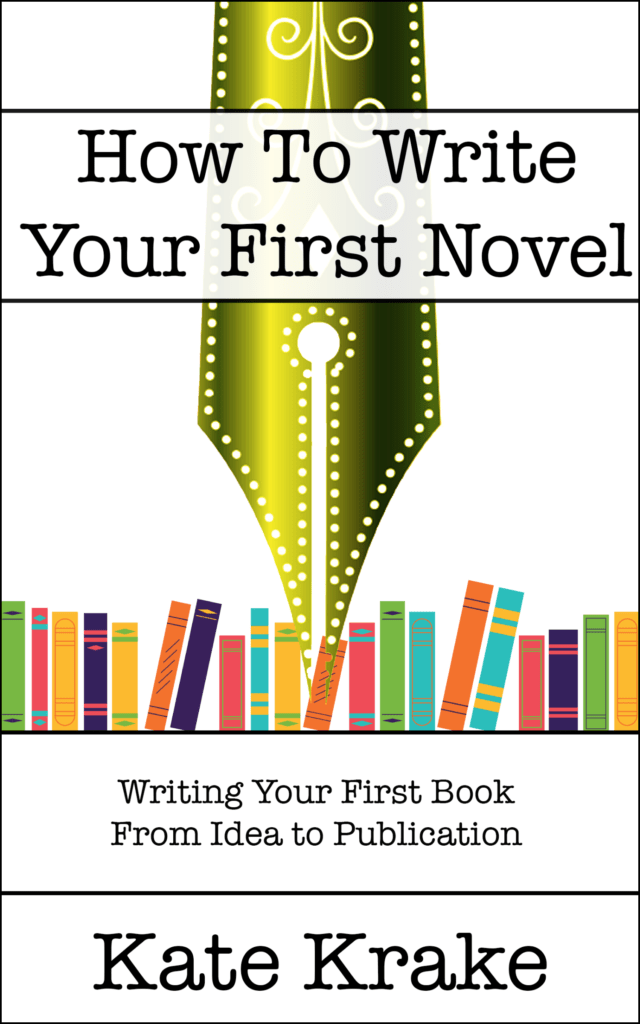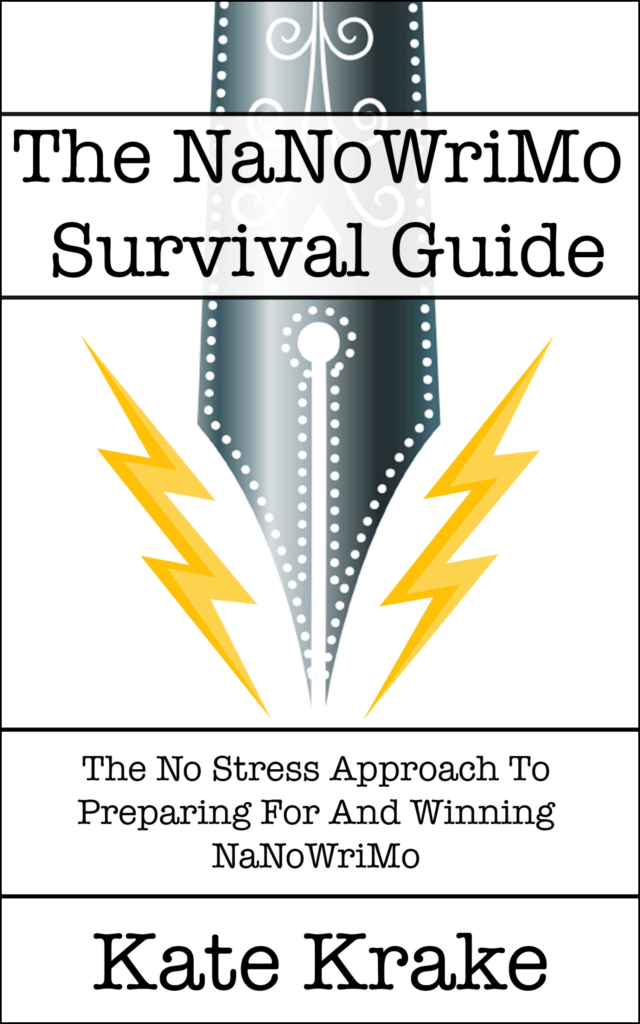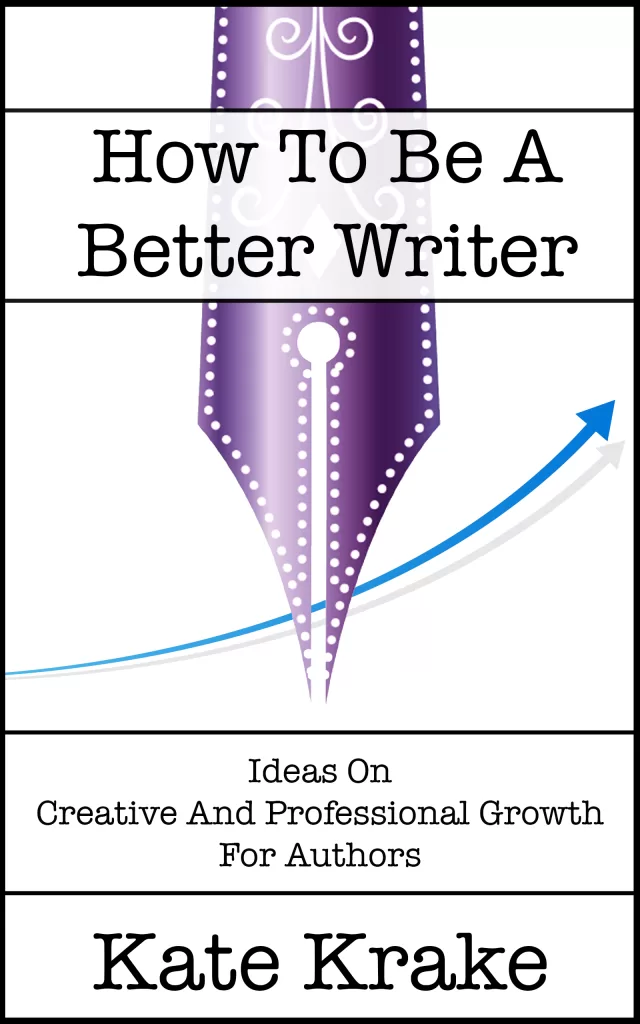You’ve probably heard of the minimalism movement. You’ve likely heard of decluttering in some sense, or the KonMari method.
These lifestyle philosophies have the same basic premise in common: live more with less stuff.
I’m not here to talk about the merits or demerits of cleaning up or decluttering our physical lives. But what about thinking about cleaning up our digital lives and decluttering our brains as a result?
The concept of digital minimalism came onto my radar in 2019 with Cal Newport’s book, Digital Minimalism: On Living Better With Less Technology.
The premise is just what it sounds like: minimizing digital use, living more offline than on.
It’s not a digital detox. It’s not a set time for reduced digital use and consumption. It’s a complete lifestyle approach that emphasizes the intentional minimal use of digital devices, products, and spaces.
What’s the point?
What can digital minimalism do, if anything, to an author’s creativity?
Is there a downside?
When I first read Digital Minimalism, I fell hard into the escape fantasy of going off-grid, wandering off to a woodland cabin somewhere to create my literary works on pen and paper.
Even without the cabin or the woods, even keeping my MacBook and staying right where I was (and still am) as a very much on-grid suburbanite, the potential for other kinds of less devout digital minimalism and all that distraction free time it promised, was intoxicating.
I stayed living in my inner city, suburban home, sitting my kids down with screens, watching TV myself, streaming music every day, being a fairly regular consumer of digital content and user of devices. I didn’t escape to the woods (at least not full-time; I do like a tree retreat now and then), but I made changes, and I reduced my digital use.
That was the first time I went off what we then called Twitter (X). I was addicted to the Blue Bird. Just trying a Twitter ban for a short time made me see I could do it. It also made me witness how I was thinking in tweets without realizing it, how I was obsessed with checking the feed and any replies. This noticing, and the liberation from the addiction, paved the way for my (almost) 100% reduction in total social media use.
Prompted into digital minimalism, I reignited a regular journaling practice because I wasn’t sinking into my phone in the evenings, and I made Night Pages a thing. A practice I maintain years later.
My experiments in digital minimalism also took my earbuds off for a while. Without an almost constant stream of people talking to me in podcasts and audiobooks, I noticed for the first time in ages that I could properly listen to what was in my own head.
Instead of a voice, and then my thoughts digesting what that voice had said (and filling myself with a bunch of pressured shoulds to do what they said), I created space to listen to myself, digest all the information I’d consumed, and decide if it was the right information for me. This released a tonne of pressure from my writing and publishing life, and other areas of life, too. Pressure I didn’t even know was there until I reduced the noise.
I can’t say that it gave me more time to write, at the time I had a five-year-old and a baby. Writing time was limited anyway, and I was already diligent in getting that time in without distraction. But it’s easy to see how someone might free up more space to write and create without constant distraction.
For me, the greatest benefit in digital minimalism was at first seeing its impact, seeing how such high use was affecting my thinking patterns, and then taking that awareness with me when I resumed use. I occasionally slip back into obsessive podcast listening, but from the insight gained in that first experiment in digital minimalism, I see what’s happening.
When I find myself on a binge, I can now see one of two things occurring. Either, I’m obsessed with a new idea and want to learn more. Or I’m in a muddled and confused time in life and I’m looking for someone to give me the answers. Which state do I pull back from?
When I clean up a physical space and minimize my belongings, the space is more open and gets used differently. Like many, a clear physical space gives me a sense of calm.
My kids have a desk in their playroom, which usually becomes a dumping ground when things get picked up off the floor. It piles up so high with toys and clothes, and stationery, and all kinds of junk, that no one wants to go near it. Whenever I clear off that desk, get the arts or writing materials organized and accessible, my kids are onto it like magnets with zero prompting from me. A free space, an easy space, a comfortable space, and look at all that cool stuff there is to do there! The same thing happened to my head when I took just a few steps back from a demanding digital life.
If there’s a downside to digital minimalism, I don’t see it.
I am no Luddite. As I write this article on a MacBook and prepare to use all kinds of digital apps and services to publish and promote it, including AI. I have four different digital devices within arm’s reach (only the laptop is on, but the others will get their turns too). I voice and video call and text and daily. Later today, I’ll listen to music on Spotify and watch Netflix or one of the many streaming services I subscribe in and out of. I embrace digital culture. The digital world gives us so many opportunities and inspirations and connections and I don’t want to cut myself or my family off from those.
This is why it’s minimalism, not an all out absence of digital living. You use what you need; you use what creates for you, not detracts from you.
What could an experiment in digital minimalism do for you and your creative life?
More time to write?
More time to think?
More space to think?
More appreciation of the benefits of your online experiences?






